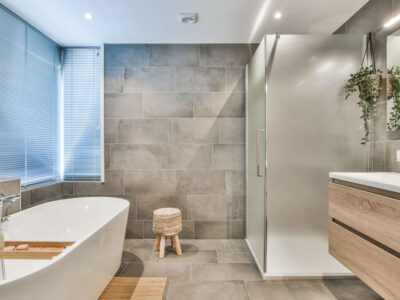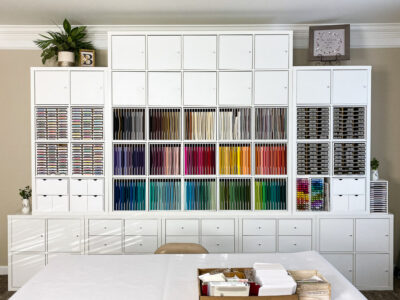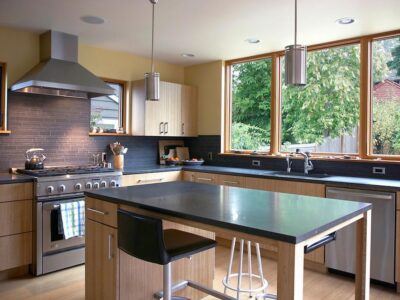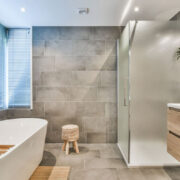
In the dynamic world of interior design, the evolution of modern furniture trends reflects a fascinating journey marked by innovation, adaptability, and a quest for both form and function. Contemporary furniture trends have undergone significant transformations over the years, mirroring societal shifts, technological advancements, and changing lifestyle preferences. Let’s embark on a journey through the evolution of modern design, exploring key trends that define the contemporary furniture landscape.
Sleek Simplicity
At the forefront of contemporary design is the enduring influence of minimalism. Stemming from the mid-20th century, minimalism rejects excess ornamentation in favor of clean lines, simplicity, and functionality. Furniture designs at leading companies such as Ligne Roset and which are characterized by sleek silhouettes, neutral color palettes, and a focus on essential elements have become synonymous with modern interiors. Minimalist furniture not only contributes to a sense of visual calm but also aligns with the desire for streamlined and clutter-free living spaces.
Open Spaces and Multifunctionality
Contemporary living spaces are often characterized by open floor plans and the blurring of boundaries between different functional areas. Furniture trends have responded to this shift by embracing multifunctionality. From modular sofas that can be rearranged to accommodate various activities to coffee tables with built-in storage, contemporary furniture adapts to the flexible and versatile nature of modern lifestyles. The emphasis is on maximizing space and optimizing functionality without compromising style.
Natural Materials and Sustainability
The contemporary design ethos places a strong emphasis on sustainability, leading to a resurgence of natural materials in furniture production. From reclaimed wood and bamboo to recycled metals and organic fabrics, the use of eco-friendly materials has become a defining trend. This not only aligns with a growing awareness of environmental issues but also adds warmth and authenticity to contemporary interiors. Sustainable furniture choices reflect a commitment to responsible consumption and contribute to the broader eco-conscious movement.
Bold Colors and Geometric Shapes
While minimalism remains a dominant influence, contemporary design has also embraced the use of bold colors and geometric shapes to infuse vibrancy and personality into spaces. Statement furniture pieces in rich hues or unconventional shapes serve as focal points, adding a playful and expressive dimension to modern interiors. This departure from strict minimalism allows for greater individuality and self-expression in design choices.
Technology Integration
The integration of technology into furniture represents a significant evolution in contemporary design. From smart sofas with built-in charging ports to coffee tables with touch-sensitive surfaces, technology is seamlessly woven into the fabric of modern living. Home automation has influenced furniture design, with an emphasis on creating spaces that cater to the digital needs of residents. Smart furniture not only enhances convenience but also reflects the interconnected nature of contemporary living.
Conclusion
The evolution of modern design in contemporary furniture trends is a dynamic tapestry that weaves together diverse influences, technological advancements, and changing societal values. As we navigate the ever-changing landscape of contemporary design, one thing remains certain—furniture trends will continue to evolve, offering new possibilities and expressions that shape the way we experience and interact with our living spaces.











